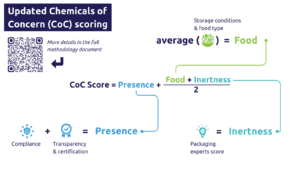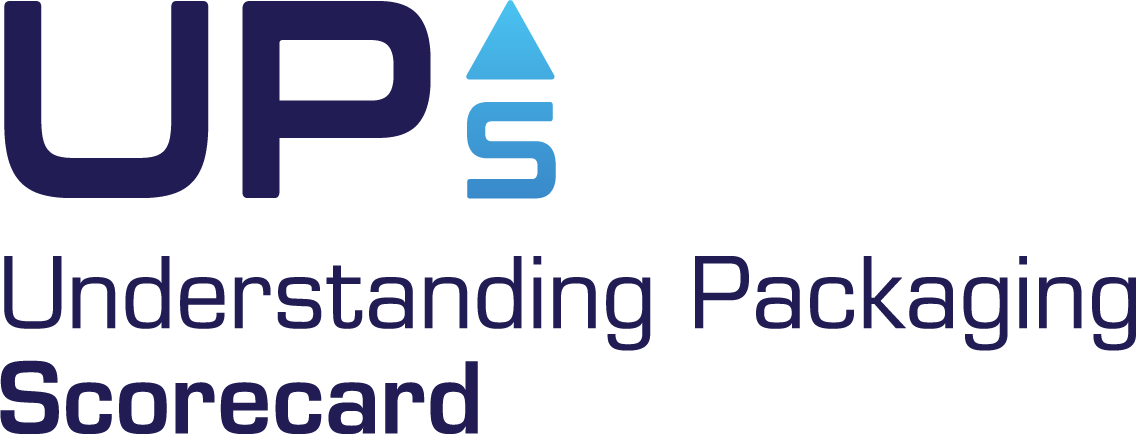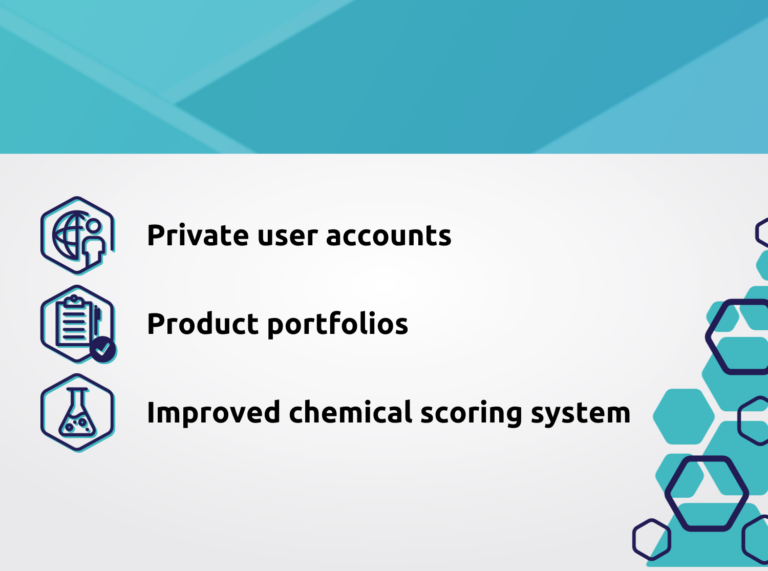Building further on improvements made in the third version of the UP Scorecard launched in October 2022, we are excited to share that a new and improved fourth version has been released.
So what’s new? Not only is the tool faster, but it’s also more robust, accurate, and customizable than ever before to help users improve decision-making and reach their targets. A summary of the most significant new features and improvements include:
- User accounts: Users can now create personal accounts to manage tool preferences, save an infinite number of customized products and portfolios for continued work at a later stage, and share their projects with others. The core use of the tool to compare products is still possible without a user account, however, you will need to make an account in order to use the new portfolio scoring function (explained below).
- Portfolios: Users now have the ability to create portfolios of multiple products to represent entire business units such as restaurants or regional offerings. These portfolios are then scored as a whole. Furthermore, a new benchmarking system allows users to compare performance to their other portfolios.
- Improved chemicals of concern scoring: Products are now scored for the presence of chemicals of concern by considering both the food contact material in combination with the foodstuff it serves. This significantly increases the granularity of the scoring and more realistically captures the risk for migration of chemicals of concern. The physical and chemical properties of the food as well as the surface area to volume ratio of the product are known to play important roles in the potential for chemical migration. The UP Scorecard now offers users a preset list of common foodstuffs to choose from, or users can easily create their own custom foodstuffs by describing the storage time, storage temperature, fat content, acidity, contact type, and typical packaging size. See Figure 1 for a visual overview of these updated calculations.

For a more detailed overview of these and other new features and changes, see the UP Scorecard’s change log. Do you have questions about how the UP Scorecard works or how it could help you? Be sure to take a look at the Frequently Asked Questions (FAQ) page. An updated methodology document has also been published that explains in detail all of the data sources and calculations used to arrive at each score.
The SUM’D team would like to take this opportunity to thank everyone who shared feedback with us when developing this new version of the UP Scorecard. Many of the received suggestions have already been incorporated, and there are still others we are working to take on board in future versions. If you have any feedback on this new version, please do so using this online form.
We are excited to share this new version with you and hope you enjoy using it!






